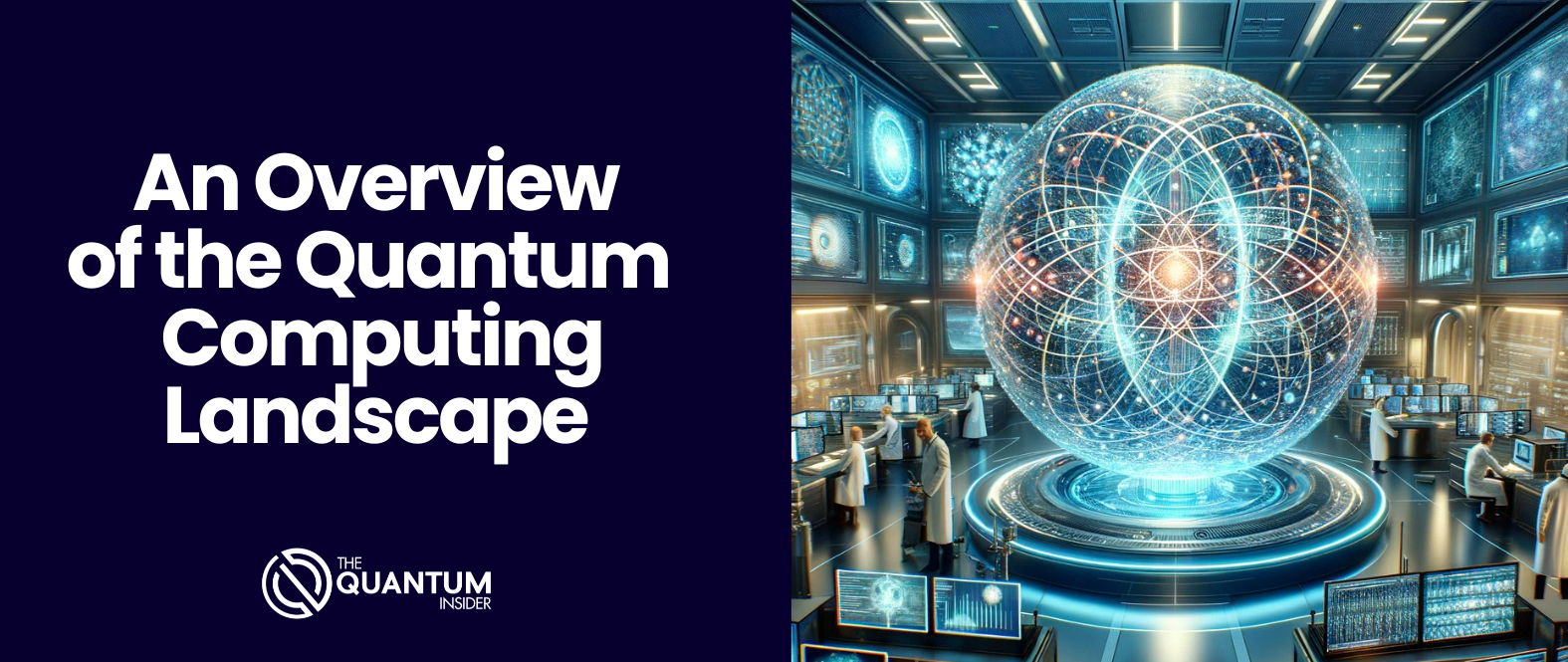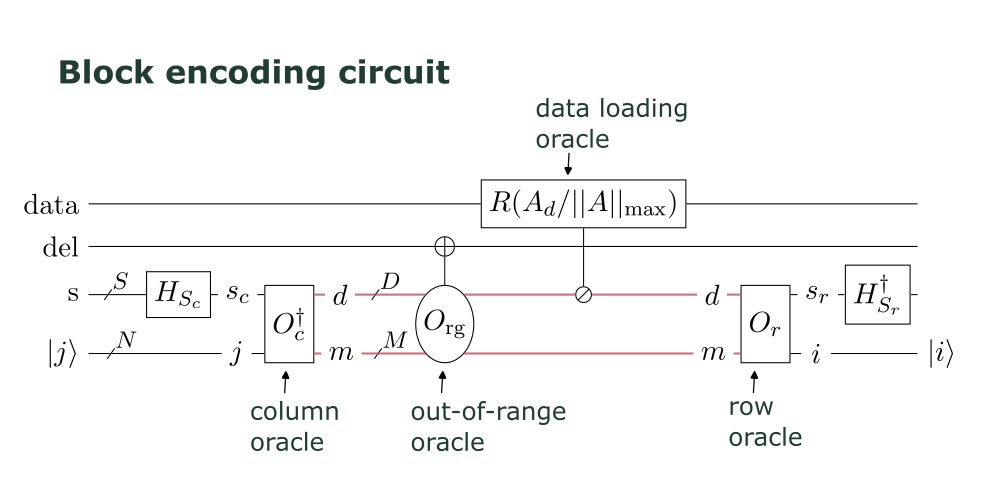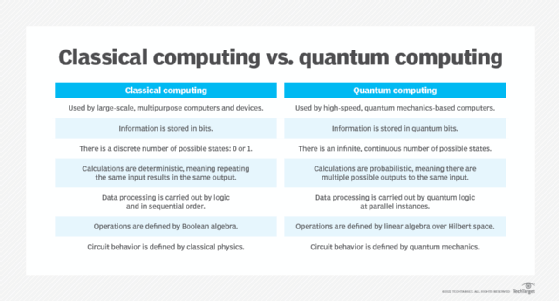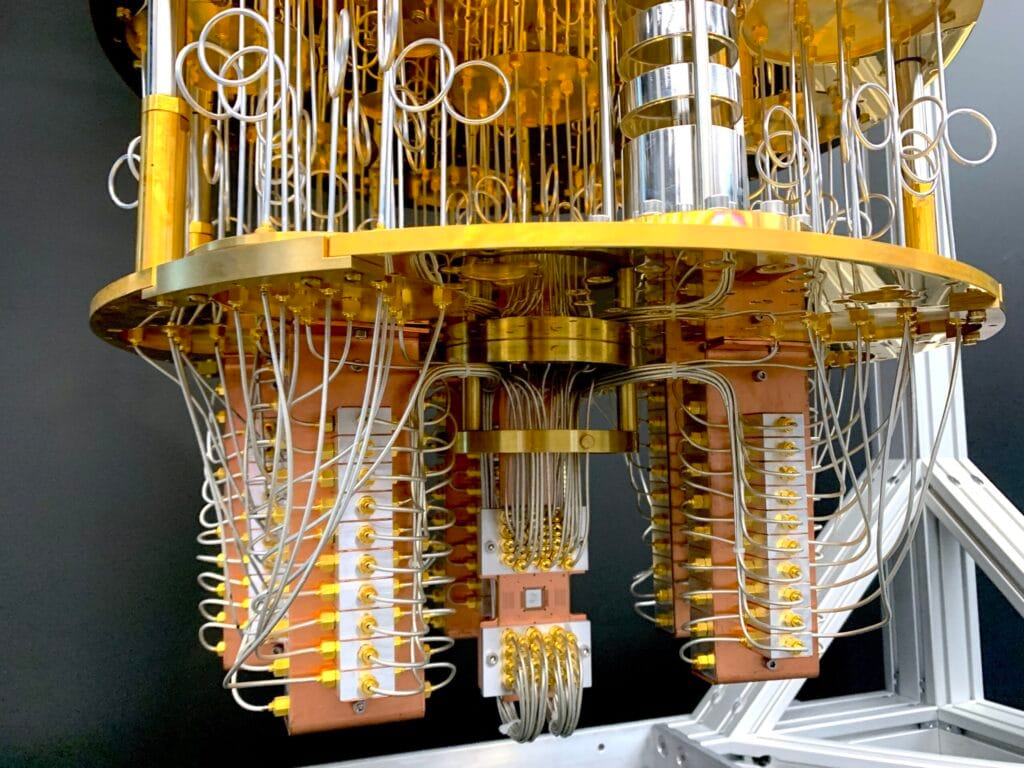Quantum computing promises to revolutionize data processing. But how do data models translate for quantum computing?
Understanding how classical data models adjust to quantum environments is important. Quantum computers process data individually than classical ones. This shift takes new ways to structure and describe data. As researchers explore this field, they reveal methods to translate existing models.
This post dives into these methods and their potential impact. By the end, you’ll grasp how quantum computing transforms data models. Let’s explore the enchanting world of data model translation for quantum computing.

Credit: thequantuminsider.com
Introduction To Quantum Computing
Quantum computing is a complex field. It combines principles from quantum physics and computer science. This post will introduce you to the fundamental basics of quantum computing.
What Is Quantum Computing?
Quantum computing uses quantum bits, or qubits. Unlike classical bits, qubits can be both 0 and 1 at the same time. This property is called superposition.
Another key concept is entanglement. Qubits can be connected, even if they are far apart. This allows quantum computers to process information much faster.
Importance Of Quantum Computing
Quantum computing can resolve problems that are impossible for classical computers. This includes complex simulations and optimization problems.
Fields like cryptography, material science, and medicine will benefit. Quantum computing will change how we approach problem-solving.
| Classical Computing | Quantum Computing |
|---|---|
| Uses bits (0 or 1) | Uses qubits (0 and 1 simultaneously) |
| Processes one state at a time | Processes multiple states at once |
| Limited by classical physics | Based on principles of quantum physics |
- Superposition: Qubits can be in multiple states at once.
- Entanglement: Qubits can be linked, sharing information instantly.
Current Data Models
In the rapidly evolving field of quantum computing, understanding current data models is crucial. These models serve as the foundation for processing and managing data. They ensure accuracy and efficiency in computations. Let’s explore the existing data models and their limitations.
Classical Data Models
Classical data models are the traditional frameworks used for data organization and processing. They include:
- Relational Models: Organize data into tables (or relations) with rows and columns. Each table has a unique key.
- Hierarchical Models: Structure data in a tree-like format. Each parent node can have multiple child nodes.
- Network Models: Use graph structures to represent data and relationships. These models allow more complex connections.
Classical models have been effective for many years. They offer a clear and structured approach to data management. Yet, they face challenges in the context of quantum computing.
Limitations Of Current Models
Current data models have several limitations:
- Scalability Issues: As data grows, classical models struggle to scale efficiently. They can become slow and resource-intensive.
- Complex Relationships: Managing complex and dynamic relationships is difficult. Classical models are not designed for this.
- Quantum Compatibility: Quantum computing requires new models. Classical models are not optimized for quantum algorithms.
- Data Integrity: Ensuring data integrity and consistency in massive datasets is challenging. Errors can propagate more easily.
These limitations highlight the need for new data models in quantum computing. Understanding and addressing these challenges is key to advancing the field.
Need For New Data Models
The rapid advancements in quantum computing demand a shift in how we handle data. Traditional data models can’t keep up with the complexity and speed of quantum systems. New data models are essential to leverage quantum computing’s full potential.
Challenges In Quantum Computing
Quantum computing presents unique challenges, primarily due to its complex nature. Let’s explore some of these challenges:
- Data Representation: Quantum bits (qubits) can represent multiple states simultaneously.
- Data Processing: Quantum algorithms process data in ways classical computers can’t.
- Error Rates: Quantum systems are prone to higher error rates.
Requirements For New Models
New data models must meet specific requirements to be effective in quantum computing:
- Scalability: Models must handle vast amounts of data efficiently.
- Flexibility: They should adapt to different quantum algorithms.
- Accuracy: Minimizing errors is crucial for reliable results.
These requirements highlight the need for innovative approaches in data model design. Incorporating these elements ensures the success of quantum computing applications.
Quantum Data Models
Quantum data models form the backbone of quantum computing. They help in processing and storing information using quantum bits, or qubits. Unlike classical data models, quantum data models leverage the principles of superposition and entanglement. This leads to a significant increase in computational power and efficiency.
Types Of Quantum Data Models
Quantum data models come in several forms. Each type serves a unique purpose and offers distinct advantages.
Quantum Circuit Models: These models use quantum gates to manipulate qubits. They form the basis of most quantum algorithms.
Adiabatic Quantum Models: These models rely on the adiabatic theorem. They solve optimization problems by evolving the system slowly.
Topological Quantum Models: These models use anyons and braid statistics. They are more resistant to errors, making them ideal for stable quantum computation.
Features Of Quantum Data Models
Quantum data models exhibit unique features that set them apart from classical models.
Superposition: Qubits can represent multiple states at once. This allows parallel processing and faster computations.
Entanglement: Entangled qubits remain connected. Changes in one qubit affect its entangled partner, even at a distance.
Quantum Interference: Quantum models use interference to amplify correct answers. This reduces the likelihood of errors.
Quantum Tunneling: This feature allows qubits to bypass certain computational barriers. It speeds up problem-solving processes.
Error Correction: Quantum models include mechanisms to detect and correct errors. This ensures reliable computation even with noise and imperfections.
Translating Classical To Quantum
Quantum computing is changing how we process data. It offers faster and more efficient solutions. To use it, we must first translate classical data models to quantum ones.
Process Of Translation
The process involves several steps. First, we identify the classical data model. This model is what we want to convert. Then, we map this model to a quantum format. This involves encoding the data into qubits. Qubits are the basic units of quantum information.
Next, we apply quantum algorithms to these qubits. These algorithms process data in ways classical computers cannot. Finally, we interpret the quantum results back into classical outputs. This allows us to understand the results in a familiar context.
Tools And Techniques
Several tools help in translating classical data to quantum formats. One key tool is the Quantum Development Kit. This kit includes libraries and simulators for quantum algorithms. Another essential tool is Qiskit. It is an open-source framework for quantum computing.
There are also specific techniques for this translation. One technique is quantum annealing. It helps solve optimization problems. Another is quantum gate-based computation. It involves using quantum gates to manipulate qubits.
| Tool | Description |
|---|---|
| Quantum Development Kit | Libraries and simulators for quantum algorithms |
| Qiskit | Open-source framework for quantum computing |
These tools and techniques are crucial. They help bridge the gap between classical and quantum computing. By using them, we can harness the power of quantum computers effectively.

Credit: quantum-journal.org
Applications Of Quantum Data Models
Quantum computing is a rapidly advancing field. One of its exciting areas is quantum data models. These models have the potential to transform many industries. They offer new ways to process and analyze data. Let’s explore some real-world applications and future possibilities of quantum data models.
Real-world Applications
Quantum data models have several real-world applications. Here are some key areas:
- Cryptography: Quantum models enhance security protocols. They make it harder for hackers to break encryption.
- Healthcare: Quantum algorithms improve drug discovery. They analyze complex biological data faster.
- Finance: Quantum computing optimizes trading strategies. It processes large datasets quickly.
- Artificial Intelligence: Quantum models boost AI capabilities. They enhance machine learning and data analysis.
Future Possibilities
Quantum data models hold promising future possibilities. Here are some potential applications:
- Climate Modeling: Quantum computing can simulate climate change. It provides accurate predictions and solutions.
- Logistics: Quantum algorithms optimize supply chains. They reduce costs and improve efficiency.
- Material Science: Quantum models help discover new materials. They simulate atomic interactions precisely.
- Pharmaceuticals: Quantum computing accelerates vaccine development. It analyzes molecular structures faster.
These applications show the potential of quantum data models. They can impact many industries and lead to significant advancements.
Benefits Of Quantum Data Models
Quantum computing is transforming the way we process data. Quantum data models offer significant advantages over classical models. These benefits can enhance various aspects of computing and data analysis.
Efficiency And Speed
Quantum data models can process large datasets quickly. They use quantum bits, or qubits, which handle data faster than classical bits. This efficiency allows more tasks to be completed in less time. Quantum algorithms can solve complex problems faster.
Accuracy And Precision
Quantum data models provide high levels of accuracy. They reduce errors in data processing. This precision is crucial for tasks like simulations and optimizations. Quantum models improve the reliability of results.

Credit: www.techtarget.com
Challenges And Solutions
Quantum computing represents a new frontier in data processing and computation. It offers immense potential. But it also presents unique challenges. Especially in translating data models for quantum systems. This section explores these challenges and provides possible solutions.
Technical Challenges
Quantum computing relies on principles of quantum mechanics. This makes it different from classical computing. The unique properties of quantum bits, or qubits, introduce complexity. Superposition and entanglement are difficult to manage and maintain.
Data model translation requires precise control of qubits. Errors can occur due to decoherence and noise. Quantum systems are also sensitive to environmental factors. This increases the likelihood of errors.
Another challenge is the limited number of qubits available. Current quantum computers have a small number of qubits. This restricts the size of data models that can be translated.
Proposed Solutions
One solution involves error correction techniques. Quantum error correction codes help manage and reduce errors. These codes are essential for maintaining the integrity of data.
Improving qubit quality is another solution. High-quality qubits are more stable and less prone to errors. Research is ongoing to develop better qubits.
Hybrid computing models can also help. Combining classical and quantum computing can optimize performance. Classical computers can handle less complex tasks. Quantum computers can focus on tasks that benefit from quantum speedup.
Increasing qubit count is a long-term goal. Researchers are working to scale up quantum systems. This will enable more complex data models and applications.
Future Of Quantum Data Models
The future of quantum data models holds immense potential. Quantum computing is transforming how we process and analyze data. Traditional data models are evolving to meet the demands of this new technology. This shift opens up new possibilities for data analysis, optimization, and problem-solving. Let’s explore the ongoing research and predictions shaping the future of quantum data models.
Ongoing Research
Researchers are continuously working on improving quantum data models. They aim to develop models that can handle complex data more efficiently. Some key areas of focus include:
- Algorithms: Developing new algorithms tailored for quantum computing.
- Data Structures: Creating data structures that leverage quantum properties.
- Error Correction: Enhancing error correction techniques for quantum data models.
These efforts are crucial for the practical application of quantum computing. They ensure that data models can work seamlessly with quantum processors.
Predictions For The Future
The future of quantum data models is promising. Experts predict several advancements in the coming years:
- Increased Efficiency: Quantum data models will become more efficient, reducing computation time.
- Better Scalability: Models will scale to handle larger datasets with ease.
- Enhanced Security: Quantum models will offer stronger data security features.
These improvements will make quantum computing more accessible and practical for various industries. The potential applications are vast, ranging from cryptography to complex simulations.
Frequently Asked Questions
What Is Data Model Translate In Quantum Computing?
Data model translate in quantum computing refers to converting classical data models into quantum-compatible formats. It allows leveraging quantum algorithms’ power. This process enhances computational efficiency and solves complex problems faster.
Why Is Data Model Translation Important For Quantum Computing?
Data model translation is crucial for quantum computing because it enables classical data to be processed by quantum algorithms. It unlocks the potential of quantum speed-up and better problem-solving capabilities.
How Does Quantum Computing Enhance Data Models?
Quantum computing enhances data models by providing exponential speed-up and improved accuracy. It can handle large datasets efficiently. This leads to more precise predictions and insights.
What Challenges Exist In Data Model Translation?
Challenges in data model translation include ensuring data integrity, managing noise, and quantum error correction. These issues require advanced techniques and algorithms for accurate results.
Conclusion
Quantum computing offers exciting new possibilities for data models. Translating these models can be challenging but rewarding. With quantum computing, we can solve complex problems faster. This technology pushes the boundaries of what we can achieve. Researchers continue to develop better tools and methods.
Understanding these advances is crucial for staying ahead. We must keep learning and adapting. The future of data modeling in quantum computing looks bright. Stay curious and informed to harness its potential.








